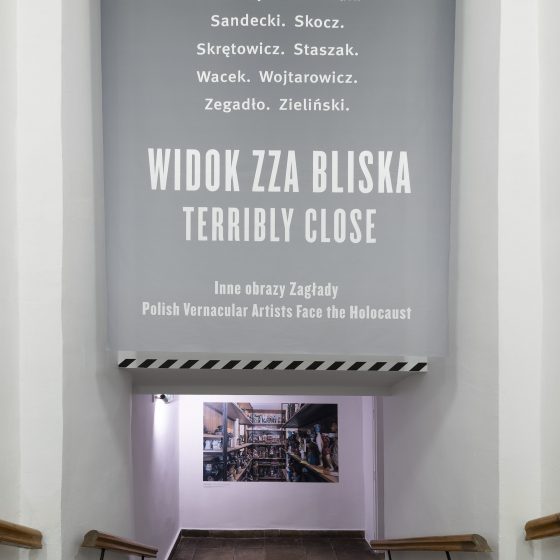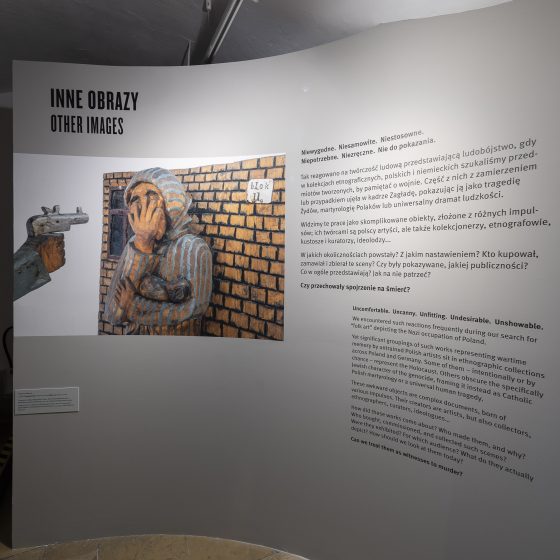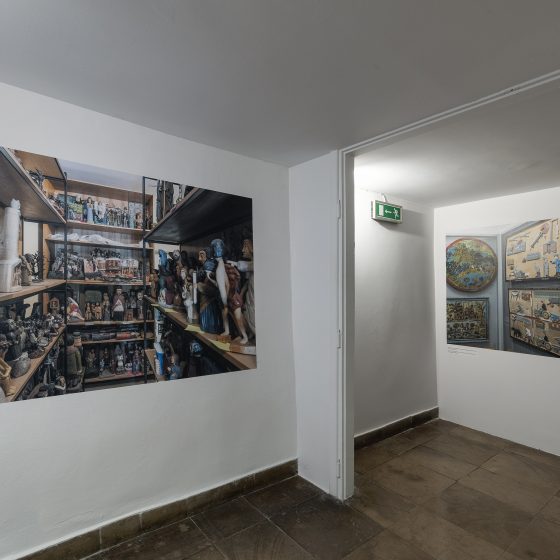Introduction
Uncomfortable. Uncanny. Unfitting. Undesirable. Unshowable.
We encountered such reactions frequently during our search for
“folk art” depicting the Nazi occupation of Poland.
Yet significant groupings of such works representing wartime memory by untrained Polish artists sit in ethnographic collections across Poland and Germany. Some of them – intentionally or by chance – represent the Holocaust. Others obscure the specifically Jewish character of the genocide, framing it instead as Catholic Polish martyrology or a universal human tragedy.
These awkward objects are complex documents, born of various impulses. Their creators are artists, but also collectors, ethnographers, curators, ideologues…
How did these works come about? Who made them, and why?
Who bought, commissioned, and collected such scenes?
Were they exhibited? For which audience? What do they actually depict? How should we look at them today?
Can we treat them as witnesses to murder?





